licensed bat surveys




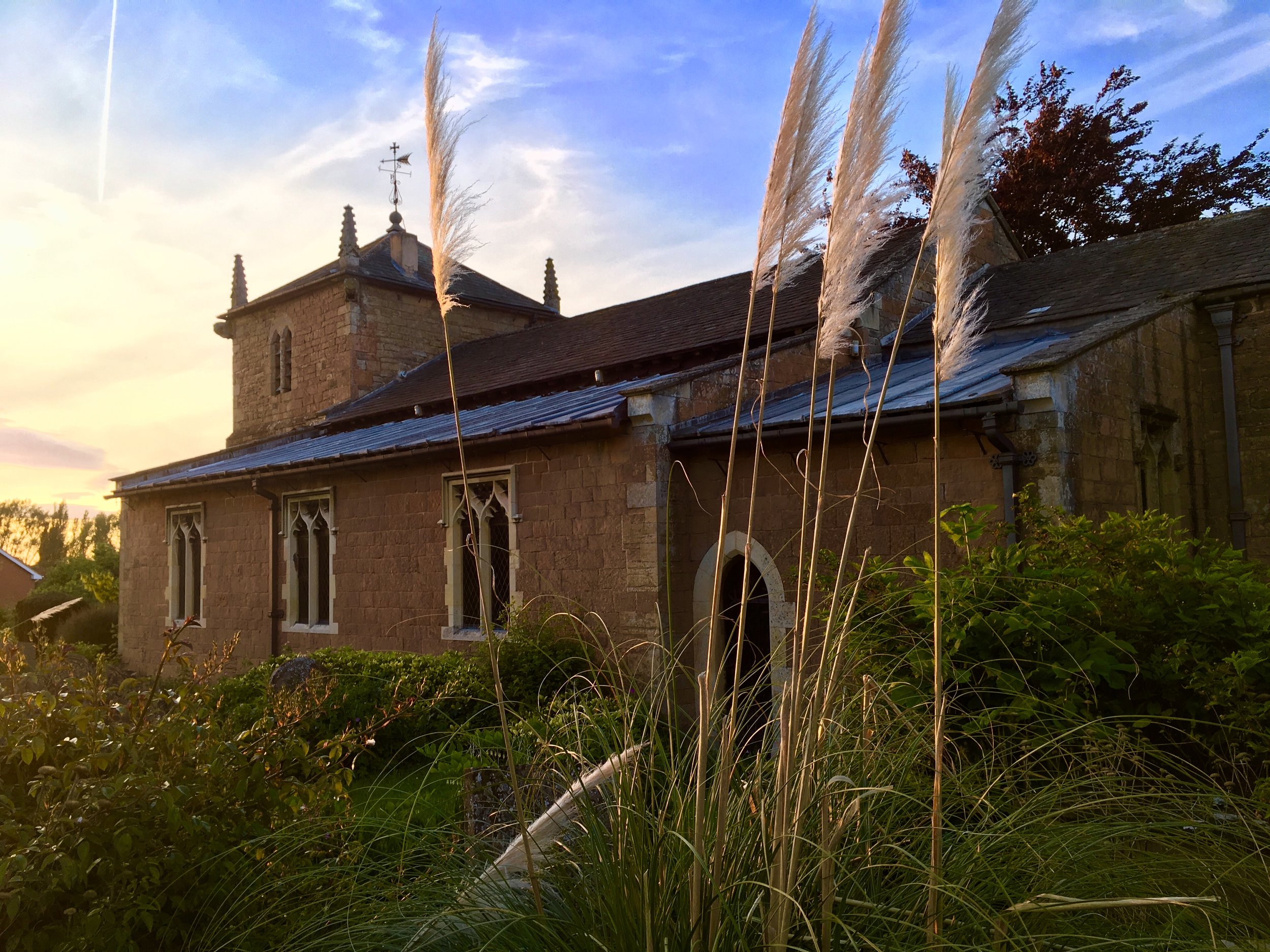


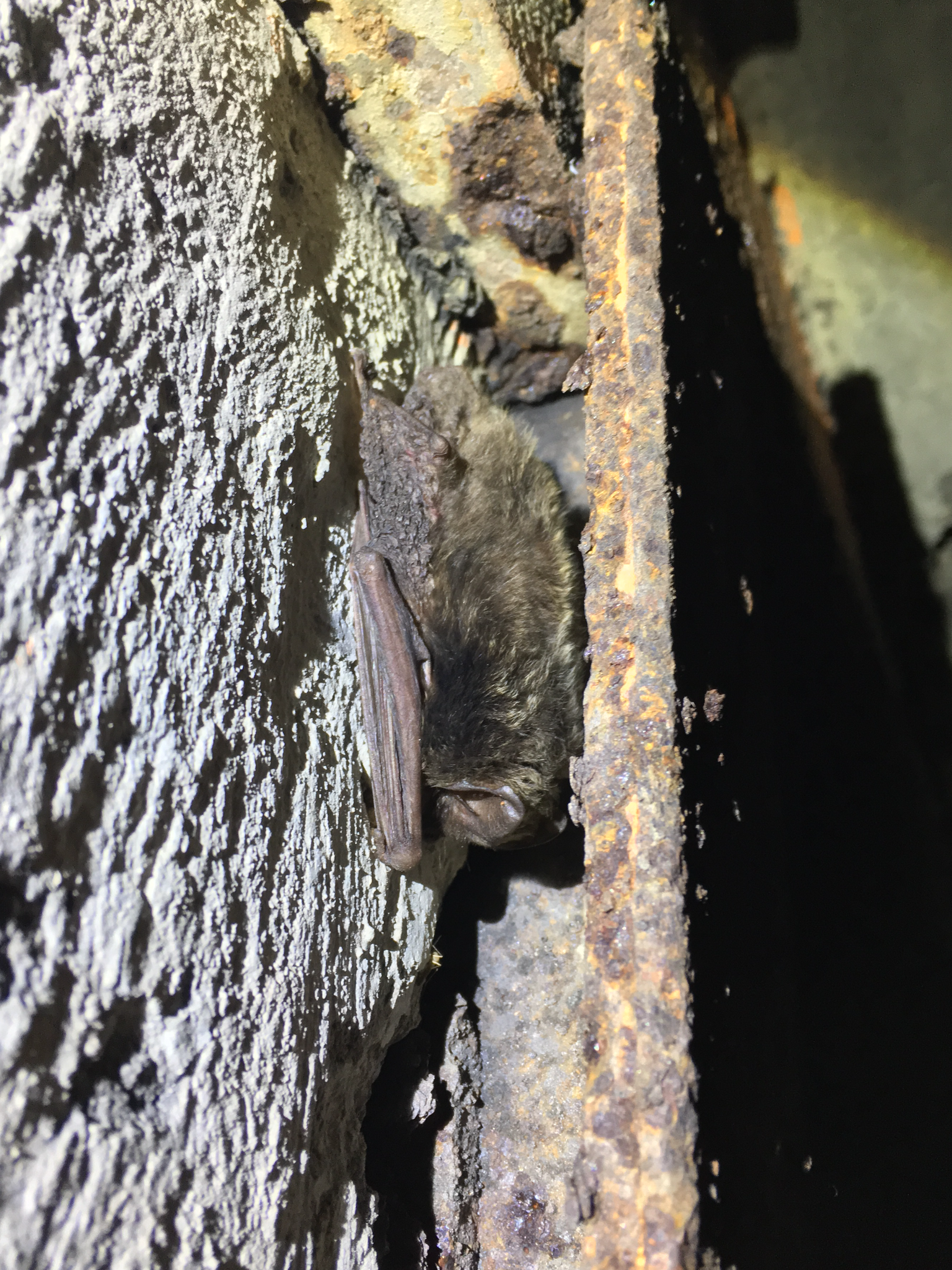



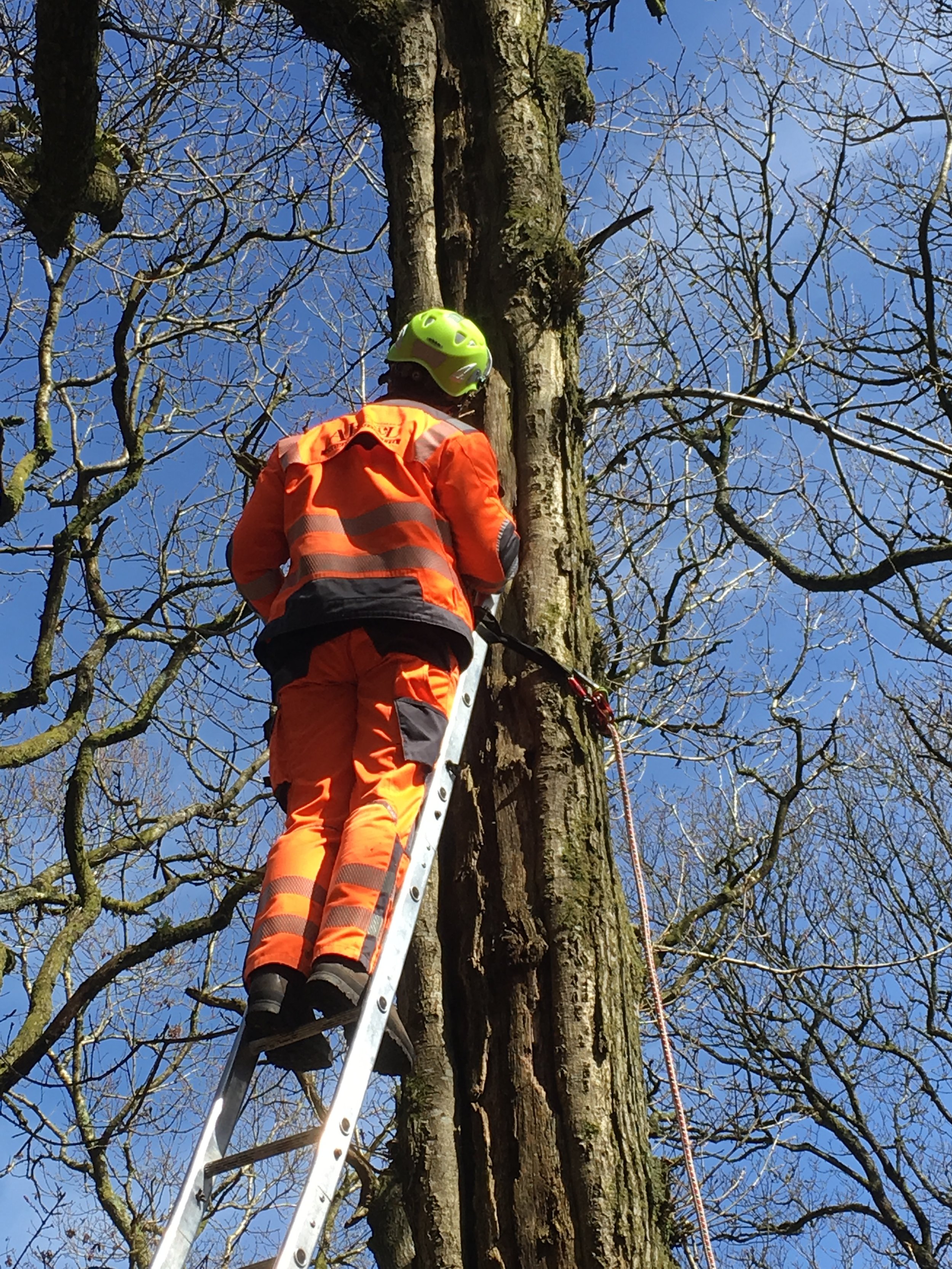

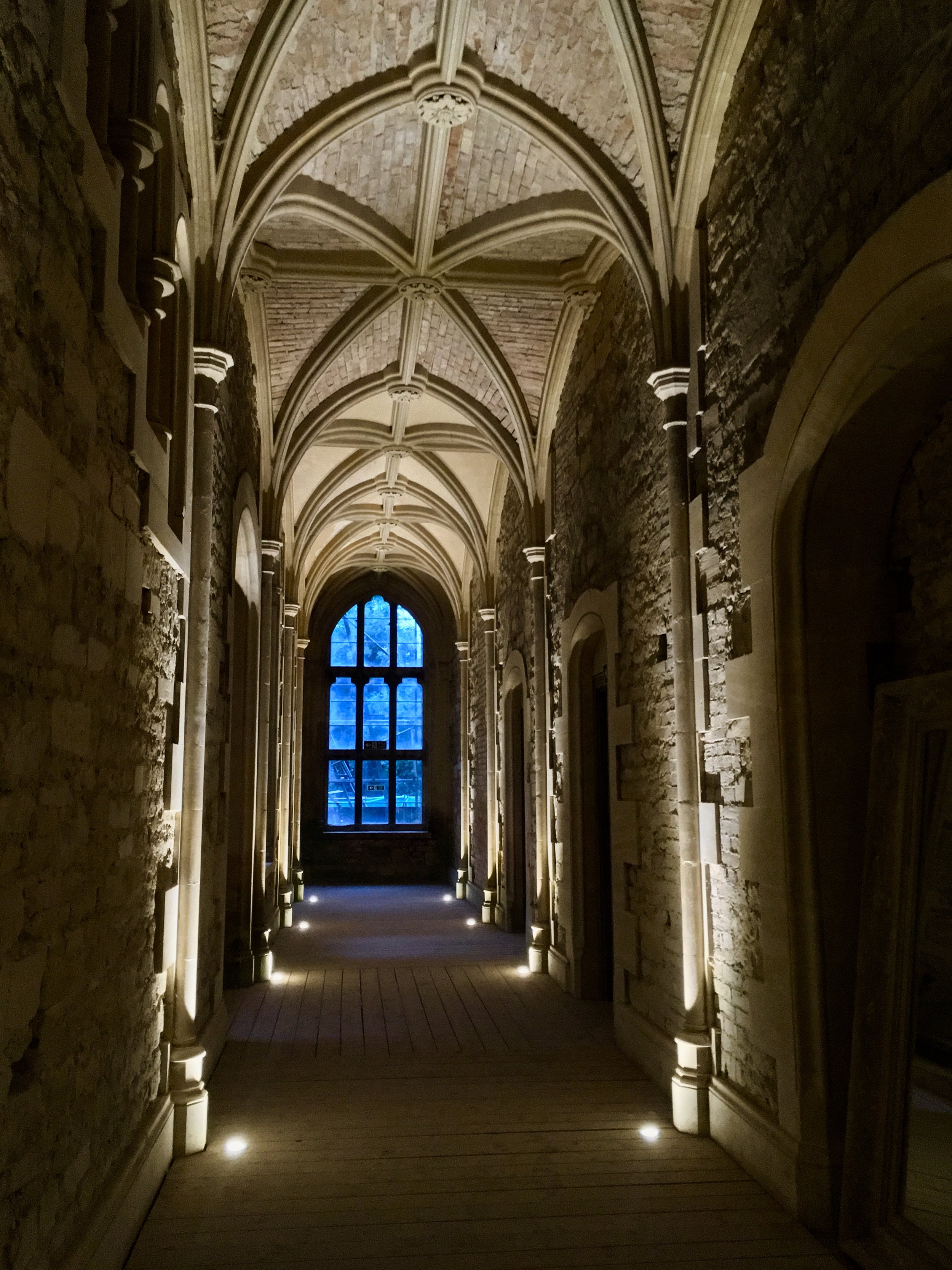


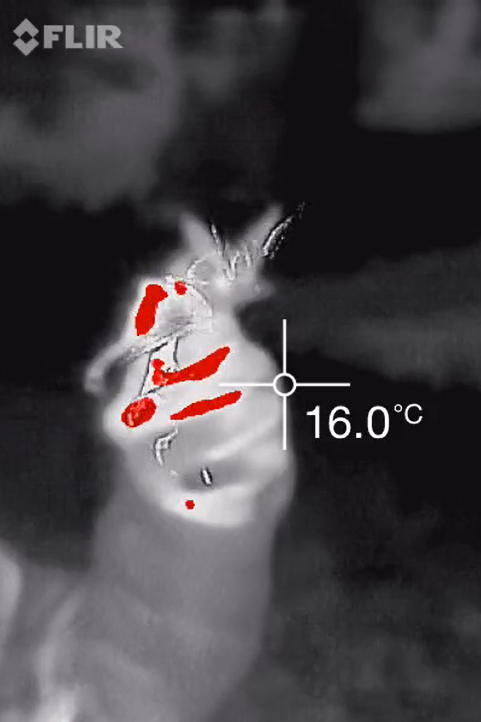

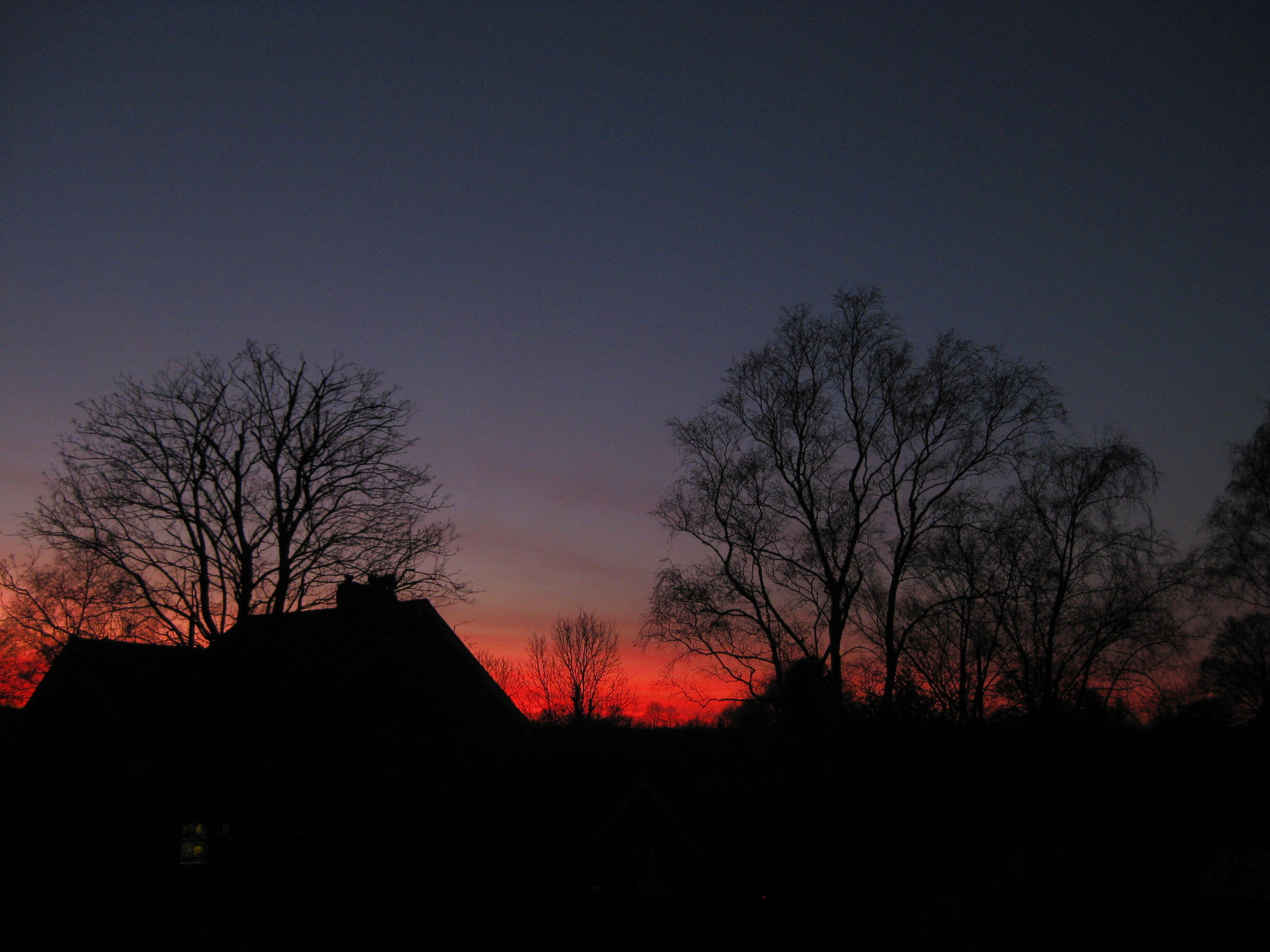
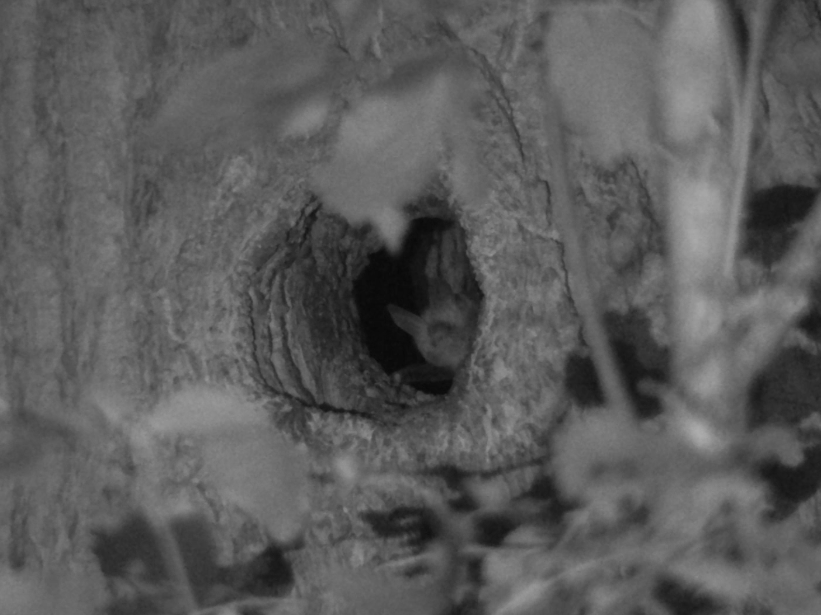
Please get in touch if B.A.T. Ecological can help you and your project with any bat surveys, reporting, licensing, or mitigation / compensation design, implementation, and / or monitoring - info@bat-ecological.co.uk | +44 (0) 7870 157022.
B.A.T. Ecological are experts in providing the following bat survey and consultancy services (including on a sub-contracted basis) - please click on each one to learn more:
Preliminary (daytime) appraisal for bat roost suitability - any time of year;
Bat roost inspection survey / scoping survey - any time of year;
Nocturnal (dusk emergence and / or pre-dawn re-entry) bat surveys - April to September;
Bat activity transects and remote (zero crossing or full spectrum) bat detector deployment - usually April to September, as well as expert analysis of large amounts of bat detector data;
Tree assessments and inspections for bats (including at height), as well as appraisals of woodlands - any time of year;
Back-tracking surveys - April to October;
Hibernation surveys - December to February;
Swarming surveys - April, or late July to late October;
Remote observation - infra-red or thermal imaging - surveys - April to October; and,
Advanced bat surveys (harp trapping, mist netting, radio-tagging / tracking) - April to October.
B.A.T. Ecological undertakes bat surveys in accordance with best practice and the conditions attached to survey licenses. Our ecologists are guided by the following documents and books in particular and where applicable:
BCT (2022) Updated guidance for use of night vision aids (NVAs) for bat surveys
Reason & Wray (2023) UK Bat Mitigation Guidelines: a guide to impact assessment, mitigation and compensation for developments affecting bats, CIEEM (as well as Mitchell-Jones (2004) Bat Mitigation Guidelines, English Nature (now Natural England) where still applicable)
Ninnes (2015) Natural Resources Wales - NRW Approach to Bats and Planning (GPG3)
Kunz and Parsons (2009) Ecological and Behavioural Methods for the Study of Bats (2nd edition).
If you are a homeowner looking to commission bat surveys then you may wish to read the helpful guidance provided by CIEEM on bat surveys and engaging a professional ecologist.
There are 17 species of bat known to breed in the UK and all bats are protected species under both EU and UK law. This legislation makes it an offence to:
Deliberately capture, injure or kill a bat;
Deliberately disturb any bat; in particular, any disturbance which is likely to:
(i) impair a bats’ ability to survive, breed, reproduce or to rear or nurture their young; or, in the case of hibernating or migratory species, to hibernate or migrate; or
(ii) to affect significantly the local distribution or abundance of the species to which they belong;
Damage or destroy a breeding site or resting place of a bat;
Intentionally or recklessly obstruct access to any place that a bat uses for shelter or protection;
Intentionally or recklessly disturb a bat while it is occupying a structure or place that it uses for shelter or protection; and / or
To be in possession or control of any live or dead bat or any part of, or anything derived from a bat.
Note that damaging or destroying a place used by a bat for breeding or resting anywhere in the UK is an absolute offence carrying strict liability under the EU Habitats Regulations. This means that no element of intent, reckless, or deliberate action needs to be evidenced to establish guilt; the prosecution only needs to demonstrate that the accused performed the prohibited act.
All UK bat species are nocturnal mammals that eat insects, can be torpid (hibernate) for extended periods, and usually give birth to one pup in mid-summer. They can be found roosting in a variety of buildings of different ages, as well as in other man-made structures, in trees, and underground. Bats forage wherever there are insects; mainly woodlands, water bodies, parks and gardens, and along hedgerows and tree lines. They also often use hedgerows and tree lines to commute under cover of darkness, as well as other linear landscape features such as green lanes, rivers and streams, and connected gardens. Aside from these general characteristics however, each bat species occupies a specific ecological niche and has certain roosting, feeding and even commuting preferences. It is therefore very important that anyone undertaking a professional bat survey fully understands the autoecology of UK bats, as well as how best to survey for each species. From a project perspective it is critical that the approach is also proportionate and cost-effective, and provides the robust conclusions that are required to enable the project to move forward.
Please get in touch if you need assistance with any of the above surveys, as well as with designing bat mitigation or with acquiring a development licence to facilitate work that is likely to affect bats or their roosts and habitats.





